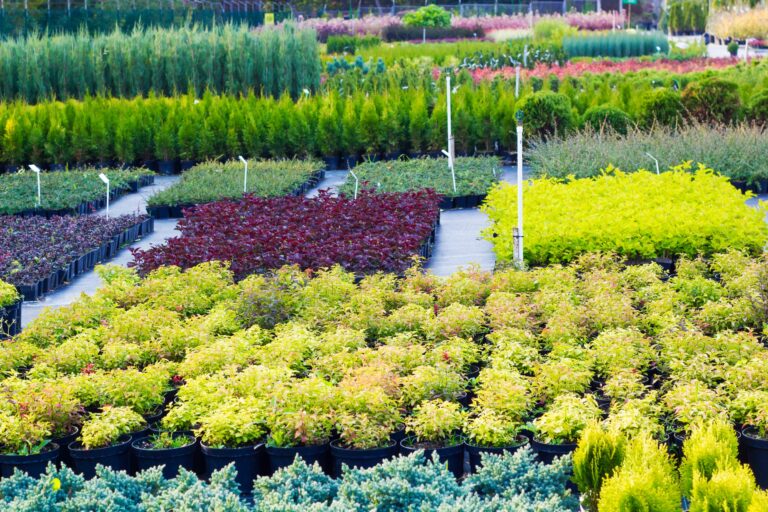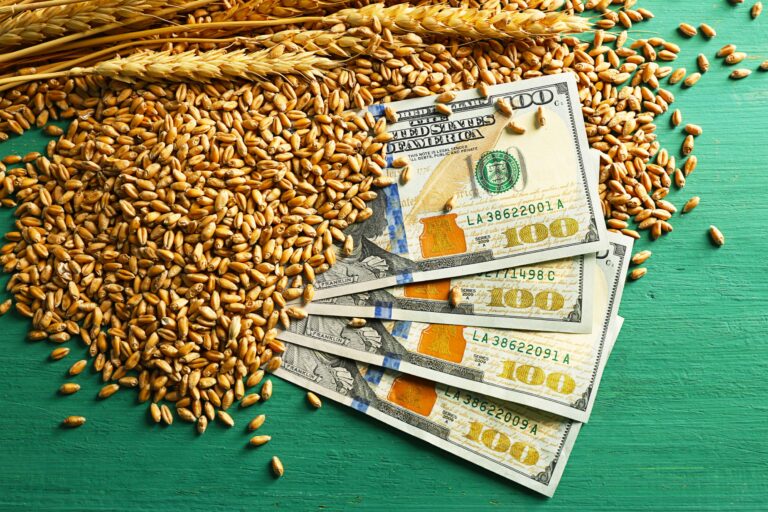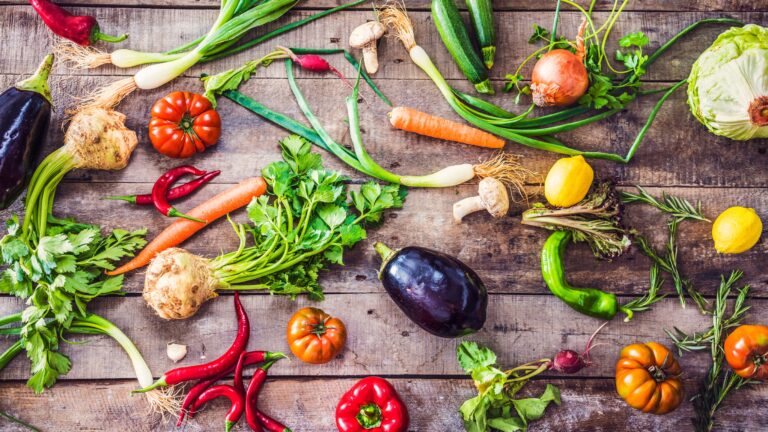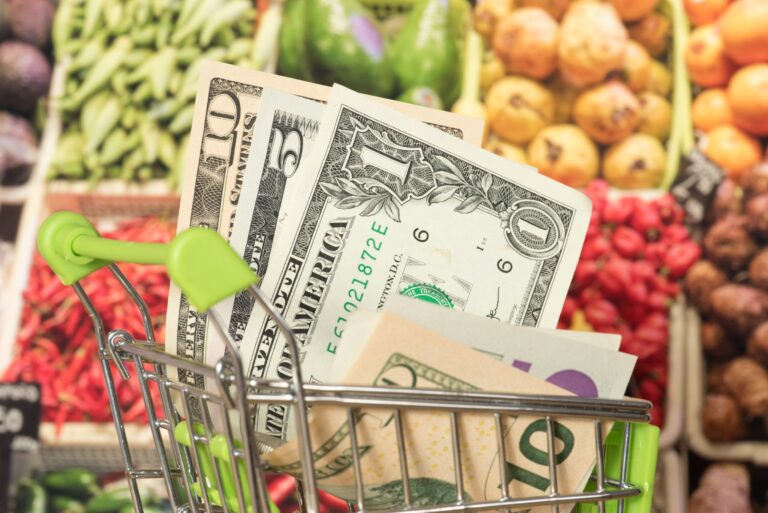Gardening is not just a pastime; it’s a passion for millions who enjoy getting their hands dirty and cultivating their own patches of earth. Whether you’re a novice hoping to grow your first flowers or a seasoned horticulturist looking to expand your knowledge, gardening podcasts can be a treasure trove of information. Here’s a guide…
How to Stop Living Beyond Your Means: 11 Practical Tips
Living beyond one’s means is a common issue many people face, often without realizing it until they are deep in debt or struggling financially. It’s essential to recognize the signs early and take steps to rectify the situation. In cases where credit card debt has spiraled out of control, speaking with a credit card debt…
10 Steps To Start a Backyard Plant Nursery
Starting a backyard plant nursery is an exciting venture for gardening enthusiasts and aspiring entrepreneurs. It combines the joy of growing plants with the potential for a profitable business. Whether you want to cultivate ornamental flowers, shrubs, or organic herbs, setting up a backyard nursery can be rewarding. Below are ten essential steps to help…
Don’t Buy Seeds From Monsanto — Buy From These 9 Companies Instead
In recent years, there’s been a growing movement among gardeners and small farmers to seek alternatives to seeds from large agribusinesses like Monsanto. Known for its genetically modified (GM) seeds and a business model that discourages seed saving, Monsanto has faced criticism from various sectors advocating for sustainable agriculture and biodiversity. If you’re looking to…
10 Ways For Seniors to Qualify for Free In-Home Care
As the population ages, the demand for elderly care solutions, especially those that allow seniors to remain in their homes, is on the rise. For many seniors and their families, one of the biggest challenges is finding affordable care options. Free in-home care is a vital resource that can provide help with daily tasks, medical…
8 Old-School Habits to Try for a Happier Life
In our fast-paced, technology-driven world, sometimes the key to a happier life lies in the wisdom of the past. Many of us yearn for simpler times, and integrating old-school habits into our modern routines can provide a sense of grounding and joy that contemporary lifestyles often lack. Here, we explore eight timeless habits that can…
14 Nutrient-Dense Vegetables to Grow in Your Garden
Growing your own vegetables can be a rewarding endeavor, both for your health and the environment. With an increasing interest in self-sustainability and organic gardening, choosing the right types of plants for your garden is essential. Nutrient-dense vegetables, which are packed with vitamins, minerals, and antioxidants, offer significant health benefits. Here, we explore 14 nutrient-dense…
14 Dangers of Drinking from Plastic Bottles and The Alternatives
In today’s eco-conscious world, the use of plastic bottles has become a hot topic due to their impact on health and the environment. With an increasing number of studies pointing out the dangers associated with these ubiquitous containers, it is crucial for consumers to understand the risks and consider safer alternatives. Here, we delve into…
12 Foods You Should Stop Buying Now to Save Money at Any Grocery Store
In today’s economy, saving money at the grocery store is more crucial than ever. With prices fluctuating and budgets tightening, smart shopping has become an essential skill. One effective way to cut costs is by avoiding certain high-priced items that can sneakily increase your grocery bill. Here are 12 foods you might skip on your…
Do Boomers Hate Aging? 10 Reasons Why They Do
Aging is a natural part of life, but how it is perceived and experienced can vary widely among different generations. For Baby Boomers, those born between 1946 and 1964, the approach to aging can be particularly complex. This generation has witnessed revolutionary changes in technology, healthcare, and social norms. However, as they transition into their…









